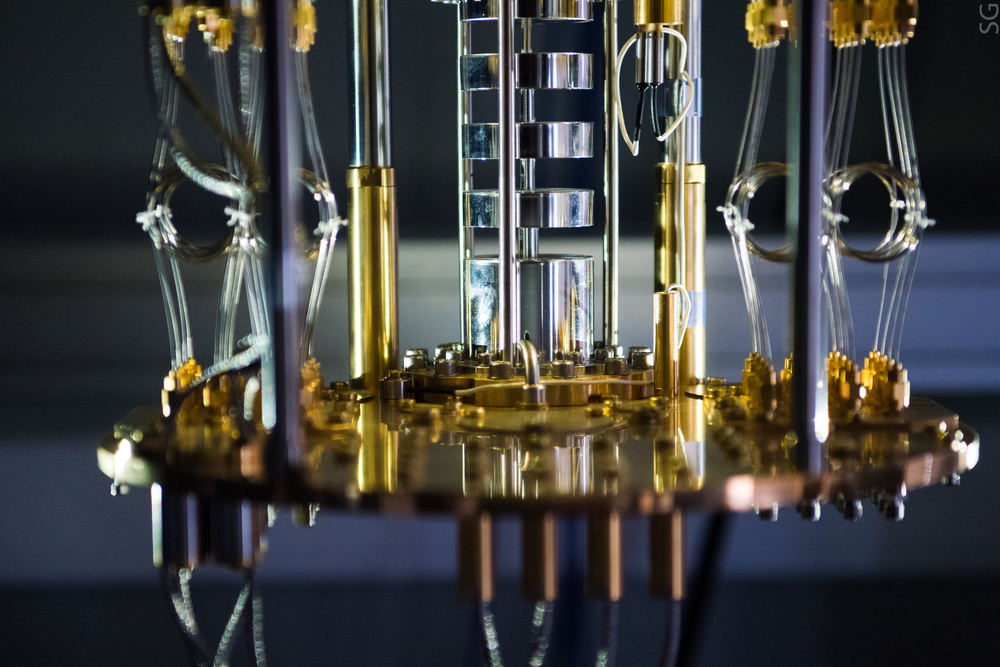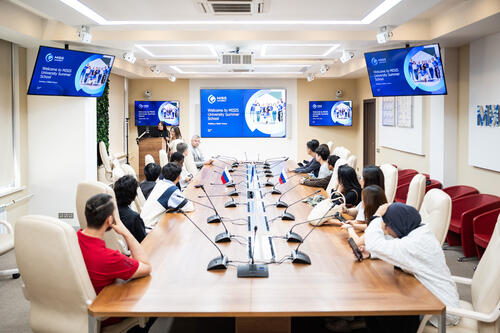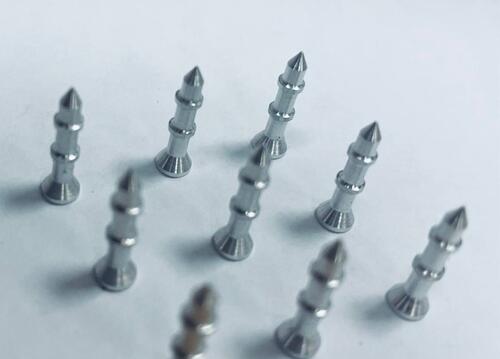Researchers from the National University of Science and Technology (NUST MISIS) and the Russian Quantum Center (RQC) have developed a model for managing complex quantum systems. This innovation opens new possibilities for faster information transfer and allows for better control over the system’s dynamics. The proposed method is beneficial for reducing errors and suppressing noise in quantum devices. It can be used to study various effects in many-body physics and to search for new quantum materials. Modifying the model allows for observing systems at a macroscopic level, paving the way for managing quantum systems across different phases of matter.
Progress in quantum technologies has revealed numerous complex engineering, mathematical, and computational challenges. One such challenge is quantum optimal control—tuning control signals to achieve desired outcomes in quantum systems. However, difficulties arise in quantum systems with a large number of particles. This is because modeling the dynamics of many-body quantum systems requires substantial resources, which grow with the increase in the number of parameters or variables that can change, such as a particle’s position, speed, and other degrees of freedom. Optimization methods used for tuning control signals require repeated modeling, complicating the task.
Although solving control problems in many-body quantum systems is difficult, it is possible to solve them at least partially. Scientists at NUST MISIS and RQC have developed simplified models—"digital twins" of quantum systems—that effectively and accurately track the dynamics of subsystems.
“Finding optimal control for quantum systems is a well-known complex task. We have developed a method for creating ‘digital twins’ of quantum systems, which significantly simplifies the search for effective control. Our work is crucial for the development of quantum processors and quantum simulators,” said Alexey Fedorov, PhD, director of the Institute of Physics and Quantum Engineering at NUST MISIS and leader of the Quantum Information Technologies research group at RQC.
This method allows for finding optimal sequences of operations to achieve desired results, such as changing the direction of local dynamics or transmitting information. It enables the automatic discovery of effective control strategies in complex systems of interacting particles.
“We focus on using methods to prevent thermal equilibrium with the environment, as this hinders the implementation of quantum algorithms for computing and simulation. It is essential for us to achieve coherent control, where oscillations occur consistently and synchronously. Additionally, we have discovered generalized spin echo sequences for a system in a localized many-body phase, meaning our approach allows for the exploration of interesting phenomena in quantum matter. We expect that our approach could be useful for ongoing experiments with noisy intermediate-scale quantum devices,” noted Maxim Gavreev, an engineer at the Quantum Information Technologies Laboratory at NUST MISIS.
The detailed results are described in the journal Physical Review Research (Q1). The research was supported by grants from the Russian Science Foundation (project no. 19-71-10092) and the strategic Quantum Internet project at NUST MISIS under the Russian Ministry of Science and Higher Education’s Priority-2030 program (project no. K1-2022-027).





